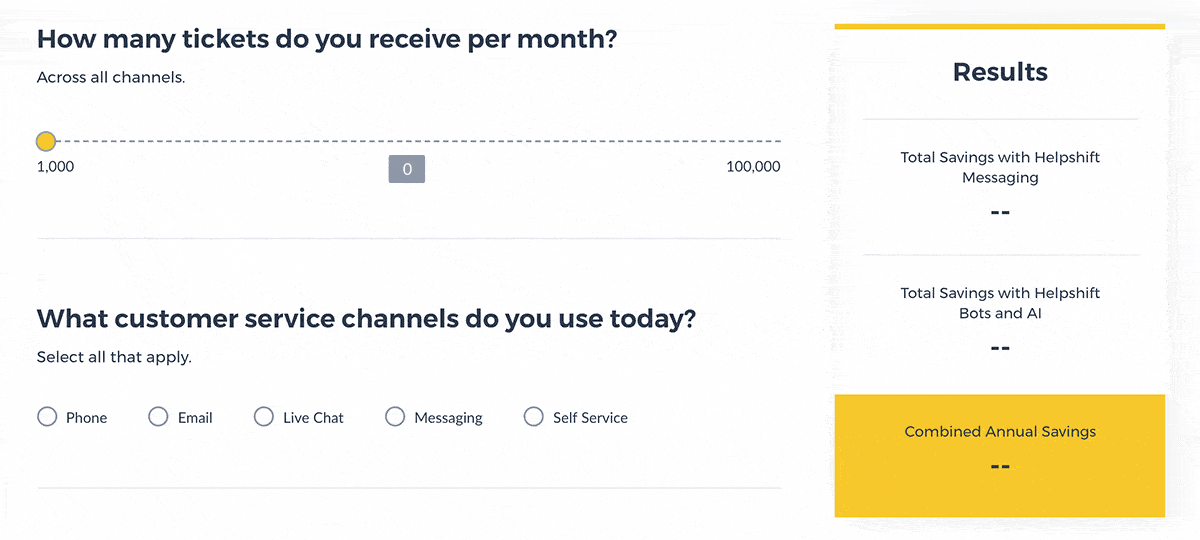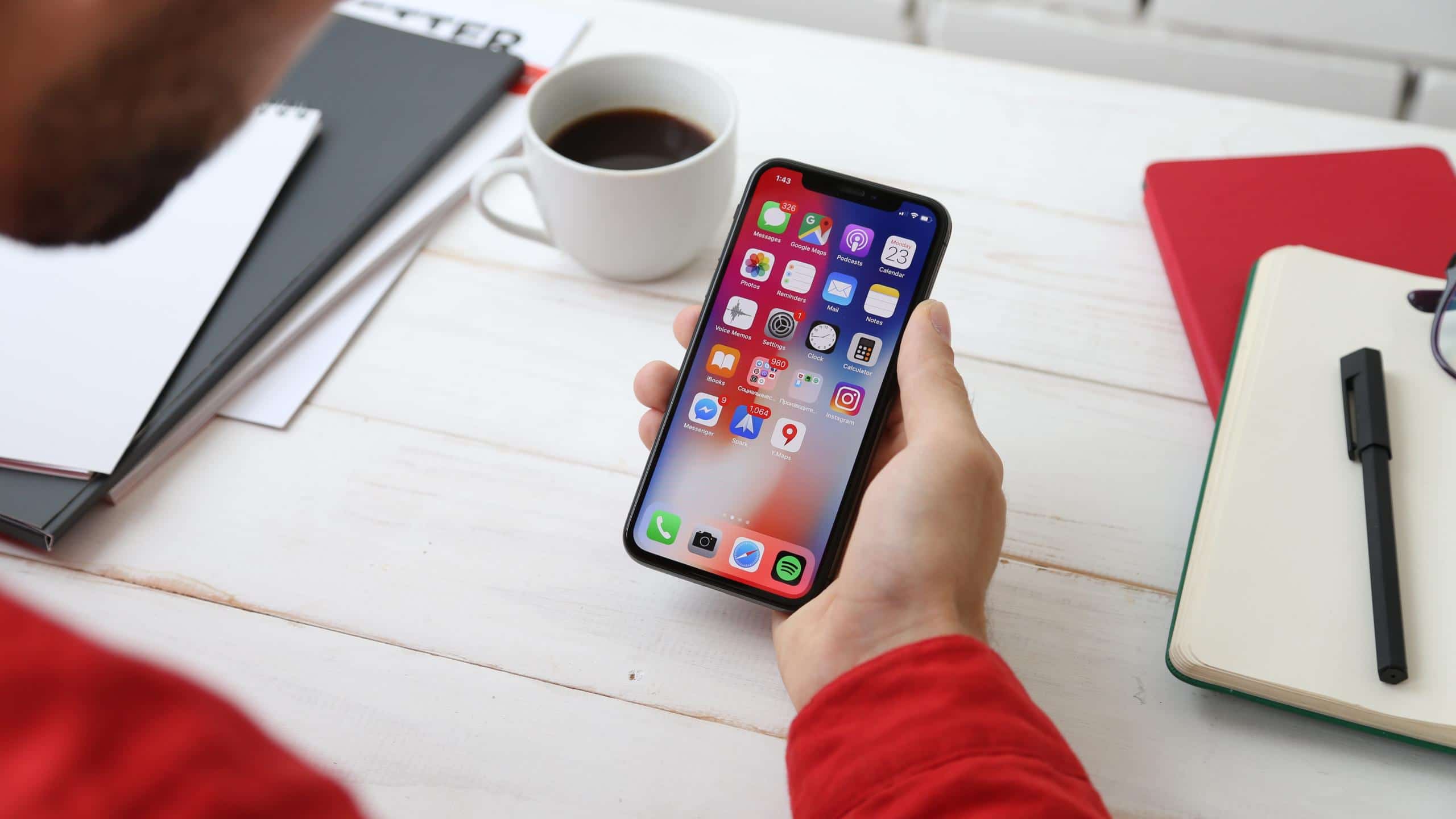Top Considerations in B2B Versus B2C Customer Service

Today, brands have the luxury of being able to pick and choose the software tools that best suit their specific organizational needs. For example, there are different marketing and sales platforms for B2B versus B2C brands, because B2C and B2B brands have different requirements within these departments.
Customer service is no different.
The Stark Differences in High-Touch Interaction Volume
In B2B, many customers by default require high-touch interactions. They’ve commonly spent anywhere from a few thousand dollars to several million dollars on a product or service that is critical to running one or more aspects of their business. Supporting such high-paying customers with so much at stake necessitates high-touch customer service. After all, the high cost of live phone support is minuscule in comparison to the long-term value of the customer relationship.
Another factor driving B2B’s need for high-touch support relates to the complexity of customer issues. Most B2B customers, particularly those who have purchased software and technology products, are well-versed in the products they buy, which means they primarily only contact customer service when dealing with complicated problems.
In contrast, experts project that 85 percent of all customer interactions will be able to be handled without a human agent by 2020. This applies particularly to simpler, or rather more routine, B2C interactions. Yet it is important to highlight that the customer experience still needs to be top of mind. Providing great customer service experiences matter even more at B2C scale, because they directly correlate to brand reputation and conversion.
That being said, common B2C customer service issues, such as obtaining information about how to return a product or dealing with damaged goods, do not require a live agent interaction in order to leave a positive impression. This is largely due to a consumer preference for convenience. Consumers today want to get their issues resolved quickly and efficiently, and if this can be achieved through bots and self-service, all the better.
However there are times when B2C support should involve live interactions, such as when issues arise at the point of checkout or when in-game players or in-app consumers need assistance with purchases — any instance where imminent revenue is on the line.
B2C’s Heightened Need for Segmentation
Since B2C support covers a wider variation of scenarios, some representing revenue opportunities and many that do not, there is a clear need to segment customers to get your support strategy right. To operate an efficient support infrastructure, you should utilize automated segmentation tools that manage and route issues based on urgency and user profile.
This is where automation comes into play in a big way in B2C customer service. B2C customers with lower lifetime value may not require real-time communication around a wide range of issues, and in these cases, bots can be used to collect a lot of information up front. Support teams can then leverage automation to route each inquiry to the appropriate channel — whether it be self-service, asynchronous messaging, or a live agent. In this way, customers feel they are receiving personalized support while the customer service organization can scale to manage millions of requests cost-efficiently.
Data-Enriched Conversations Become an Automated Effort
When a B2B phone agent begins a conversation with a customer, the agent can normally tap into a CRM system that presents comprehensive background information about the customer from the initial point of contact. This includes business type, goals, purchase history, issue history, etc. With this profile information readily available, the agent and customer can launch right into a discussion about the current issue.
This is not to say that there isn’t easy access to B2C customer service data though.
By using messaging through a native SDK, brands can easily access device and user data that is automatically collected. Bots can gather routine information, and even automate workflows. Brands can therefore have full visibility into the customer and associated inquiry before an agent enters the conversation, but automation is necessary in order to collect it at scale.






